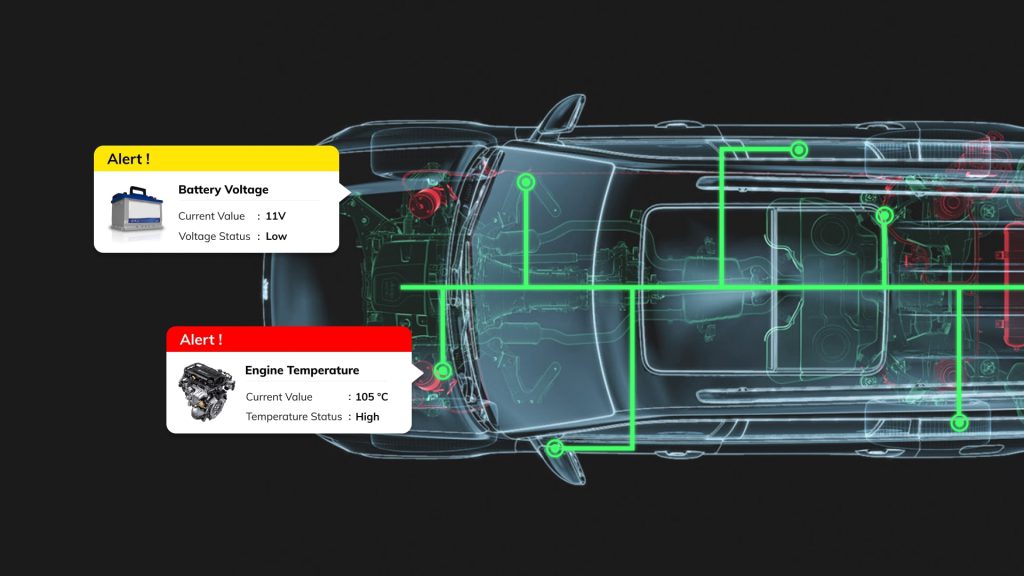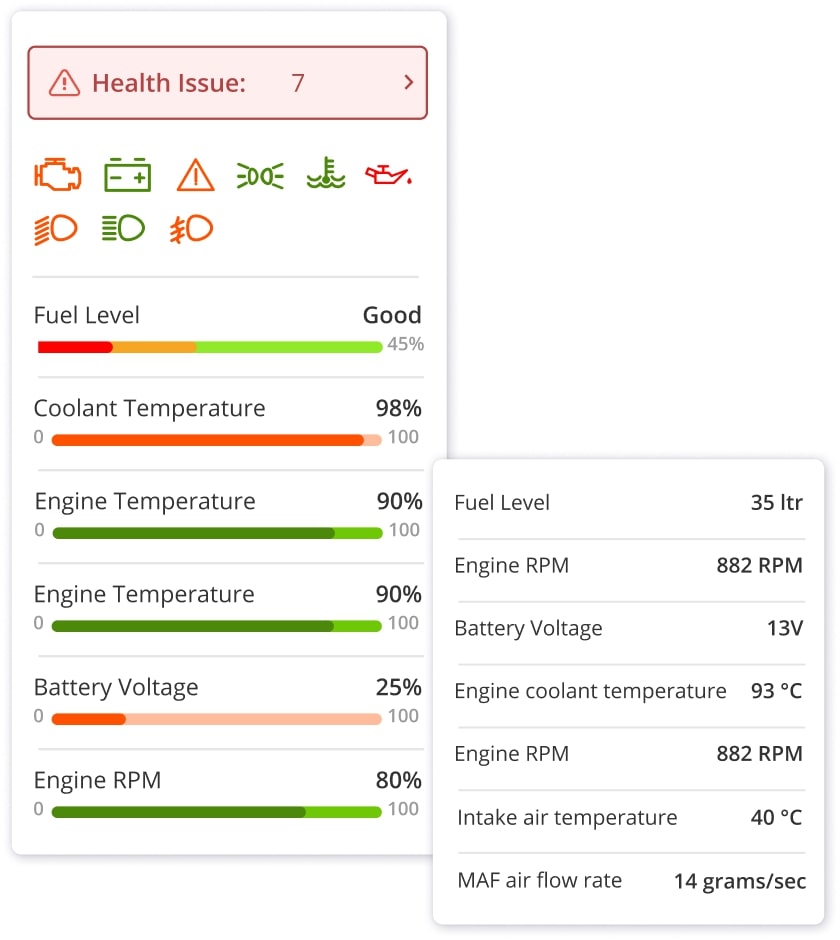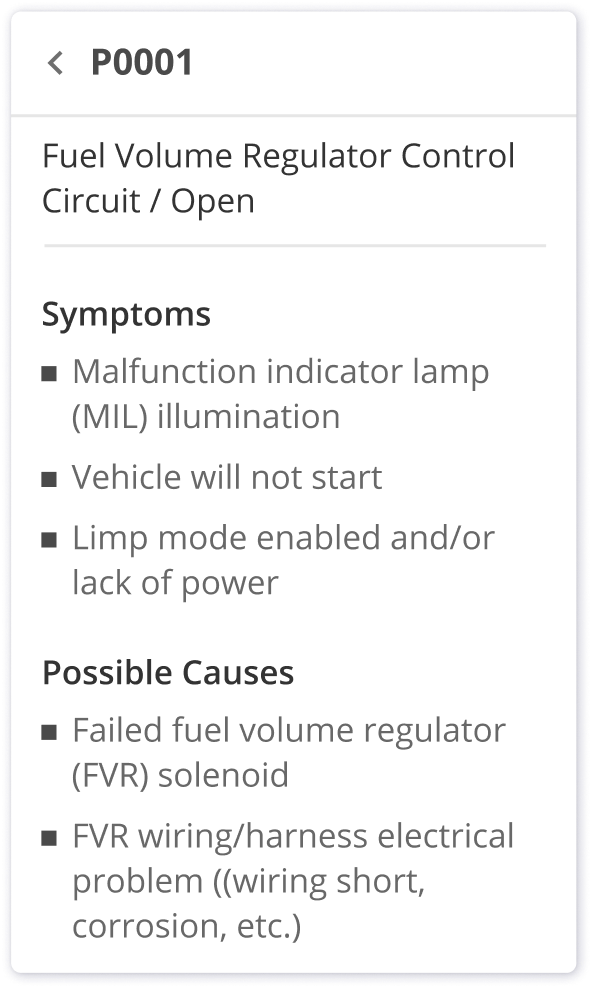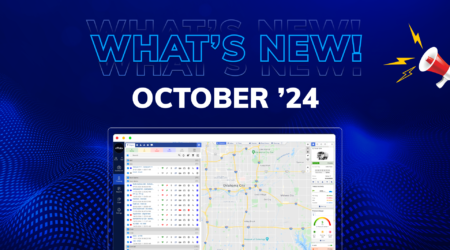3 Reasons to Add CAN Bus to Your Fleet Management Solution

What is a CAN bus?
CAN bus is a communication network that allows devices, within a vehicle, to communicate with each other without a network host (like a computer). In order to understand how a CAN bus works, here is a useful analogy: A vehicle, in many ways, acts like a human body. Just like a human nervous system that connects different parts of the body, a CAN bus allows communication, or data transfer, between individual vehicle components—to keep the vehicle running smoothly. Therefore, a CAN bus essentially acts as the nervous system of automobiles.
CAN bus facilitates the communication of sensors, microcontrollers, and devices like airbags, audio systems, engine units, and more. A modern car may have up to 100 control units or ECUs (electronic control units), and a CAN bus establishes a system-wide communication protocol.
Advantages of a CAN bus:
1. Faster, cost-efficient, and simply better!
CAN is vastly powerful when compared to traditional analog signals. It has greatly reduced the need for complex wiring and made in-fleet communication faster. Since a CAN bus uses 2 wires (CAN High and CAN low) it reduces the production cost and offers a good price-to-performance ratio.
2. Excellent Error Handling Mechanism
The CAN operates as a message-based protocol network and transfers messages sequentially. Message frames of high-priority devices (like ABS or airbags) continue while low-priority devices (like an audio system, or windows) back off. Lower priority devices must wait until the bus is available. This really helps to confine errors, as faulty nodes won’t be able to interrupt communication. Moreover, the CAN bus is great with error detection and is immune to electromagnetic interference.
3. Freedom to configure new devices
Above all, the CAN bus can provide you with unbeatable flexibility. You can add or remove nodes. A node is any device that is connected to a CAN bus and the number of nodes connected to the network is not limited by the CAN protocol.
3 reasons why you need to add CAN to your fleet management platform:
1. Plan Data-Driven Maintenance Schedules
If you’re simply guessing your fleet’s maintenance dates or even worse—if you aren’t keeping up with regular fleet maintenance—then you need to stop immediately! Planning maintenance schedules that work best for your fleets cannot be done without real-time data. Therefore, with the help of a CAN bus, you can keep track of crucial parameters that affect your vehicle’s health. Aspects like engine oil temperature, coolant temperature, fuel economy, AdBlue levels, engine speed, DTC error codes, and more can be carefully monitored. With CAN, you get unlimited access to valuable insights which can be translated into fruitful vehicle maintenance regimes. You’ll be able to improve your vehicle’s health and keep operational costs low!

2. Avoid expensive repairs
Your fleets are complex. Your fleets run better when you take their good care. That’s why it is important to be aware of existing vehicle faults and solve them quickly before they get worse. For instance, your drivers may want to ignore the check engine light. Doing so might seem very convenient at that time. However, this negligence can cause disastrous consequences in the long run. Ignoring engine issues can bring your fleets to a grinding halt and cost you a fortune in corrective repairs. Avoid this by staying up-to-date with vehicle issues. CAN parameters help you surface vehicle issues, so you will always be the first to know when something is wrong!

3. Train Better Drivers
It is no secret that reckless driving can take a toll on your vehicle’s health. Using a fleet management system will help you know where your drivers are, how fast they’re driving, or when they’ll reach a certain destination. However, you won’t know if they’re driving well. For instance, gear up-shift or down-shift at inconsistent speeds can cause damage to your gearbox. Or understanding throttle position at different speed intervals will tell you if your drivers are overspeeding or not. To get insights into driving behavior, you need a CAN bus. CAN bus provides you with irrefutable data—so you’ll be able to distinguish poor drivers. Use CAN bus data to train your drivers. Better drivers will cost you less in terms of fuel and maintenance!




